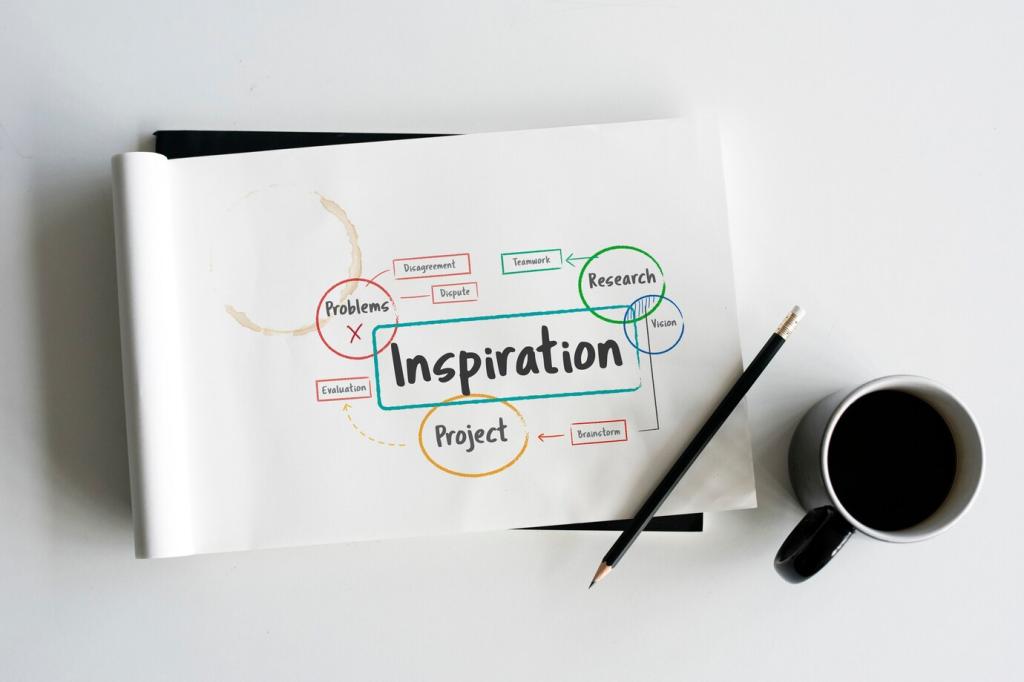Build a Cohesive Brand Voice
Pick attributes like “Refined, Warm, Assured,” then define boundaries: refined not snooty, warm not gushy, assured not pushy. Write do-and-don’t examples for greetings, headlines, and captions. Post your three chosen attributes below; we’ll suggest one sentence that instantly communicates your personality.
Build a Cohesive Brand Voice
Build a value proposition, elevator pitch, homepage hero line, and a short bio, all aligned to your attributes. Reuse them across Instagram bios, email signatures, and proposals for instant recognition. Save these blocks in a shared doc so your team stays consistent. Comment “blocks” if you want our template.





